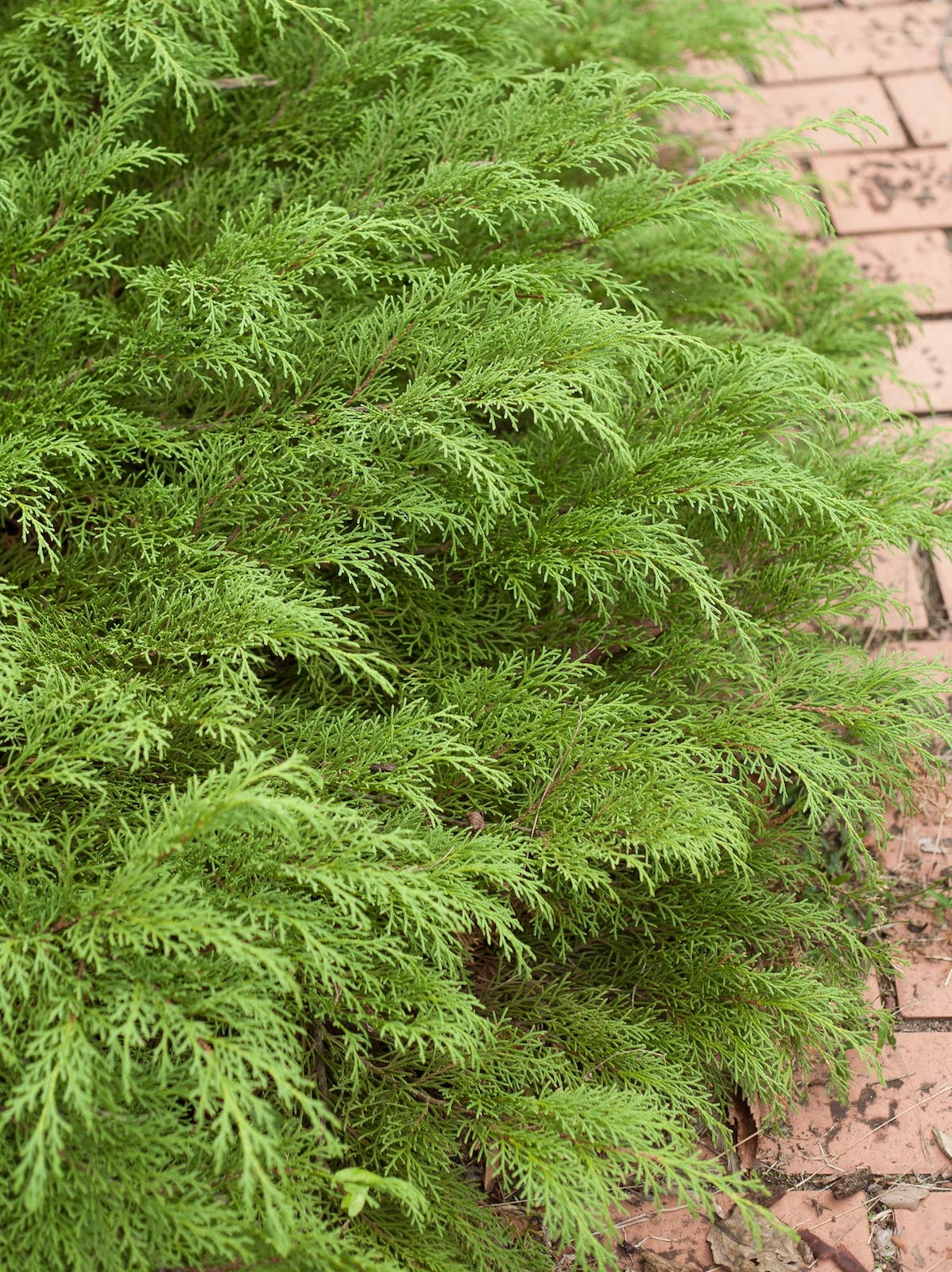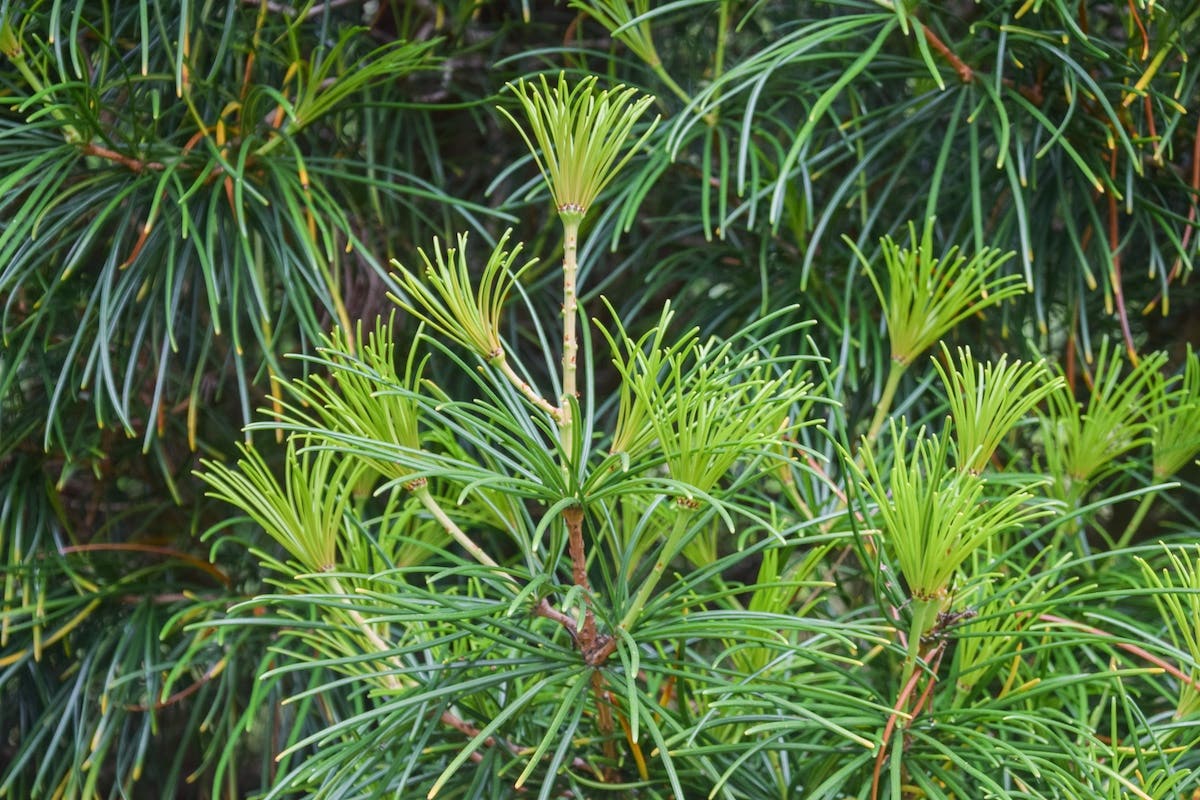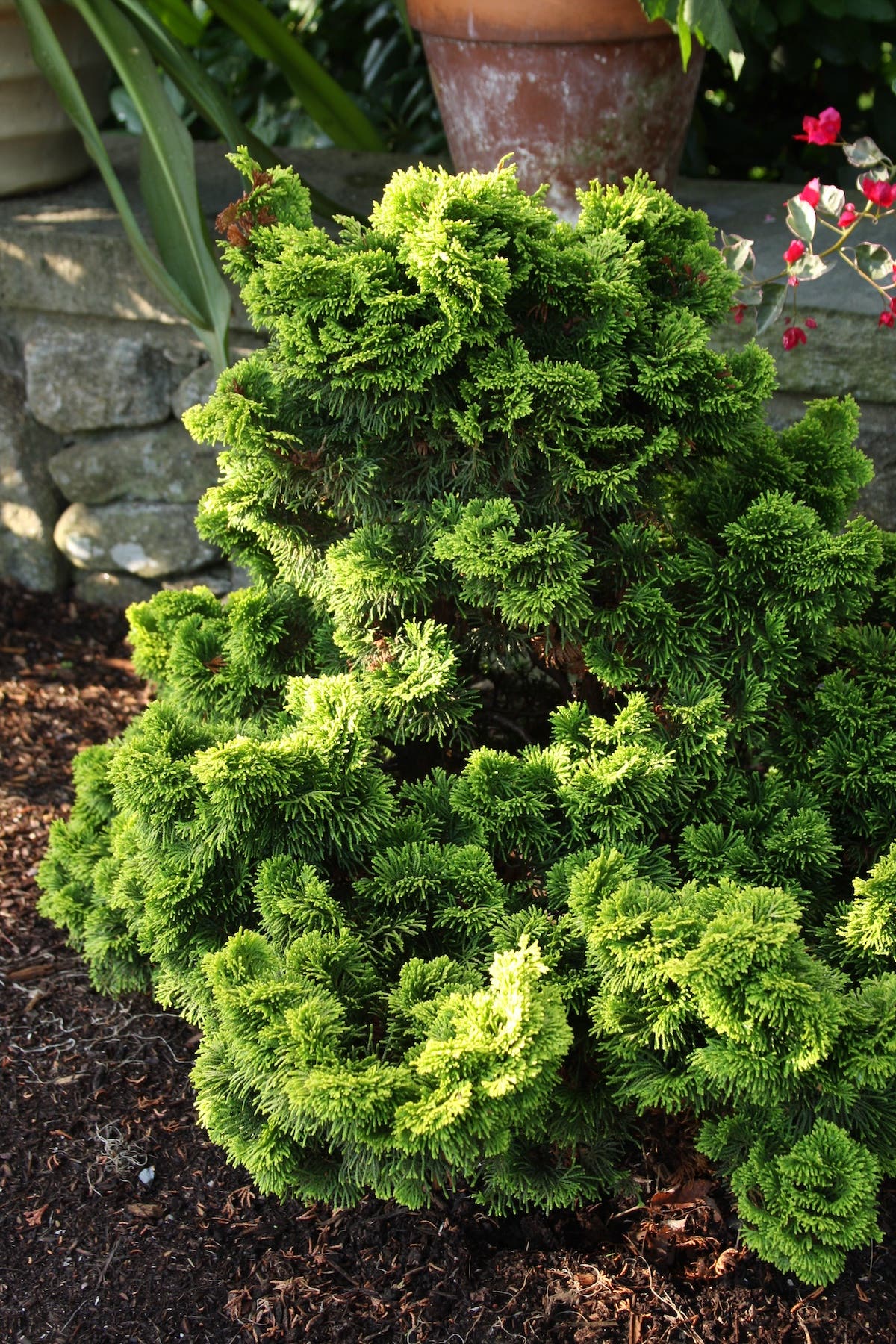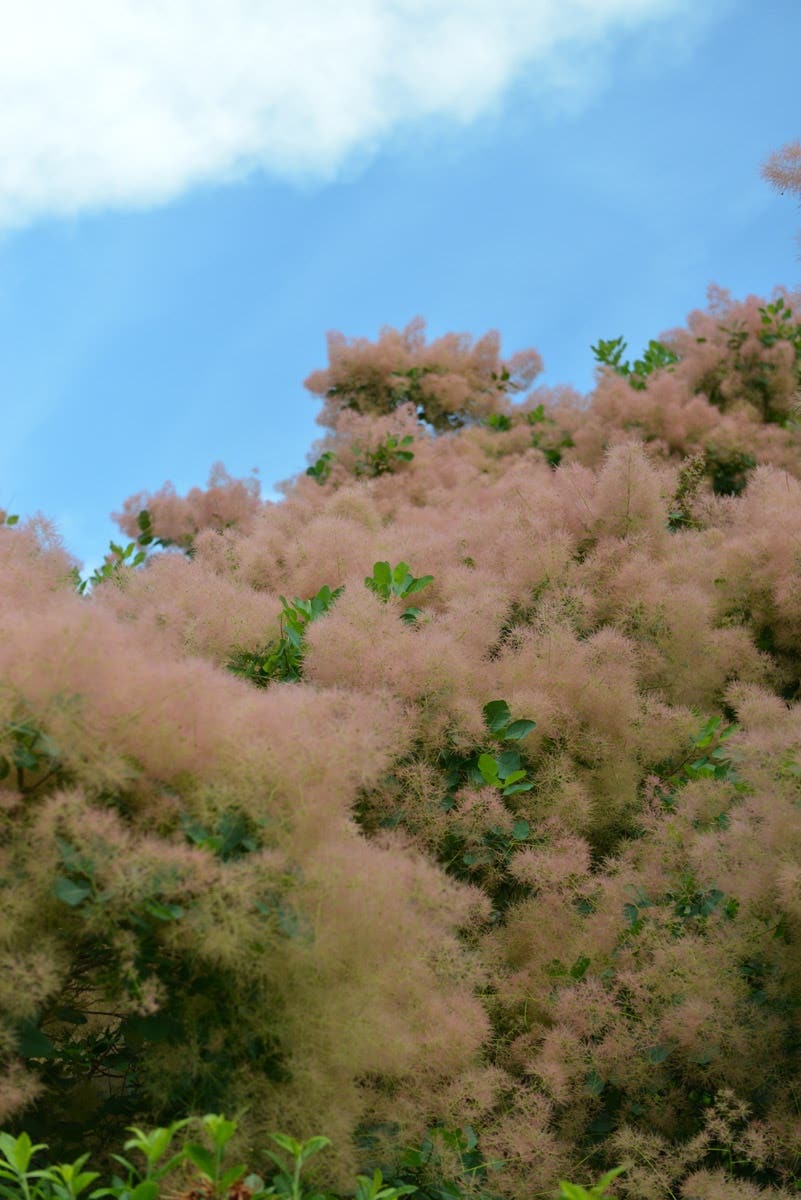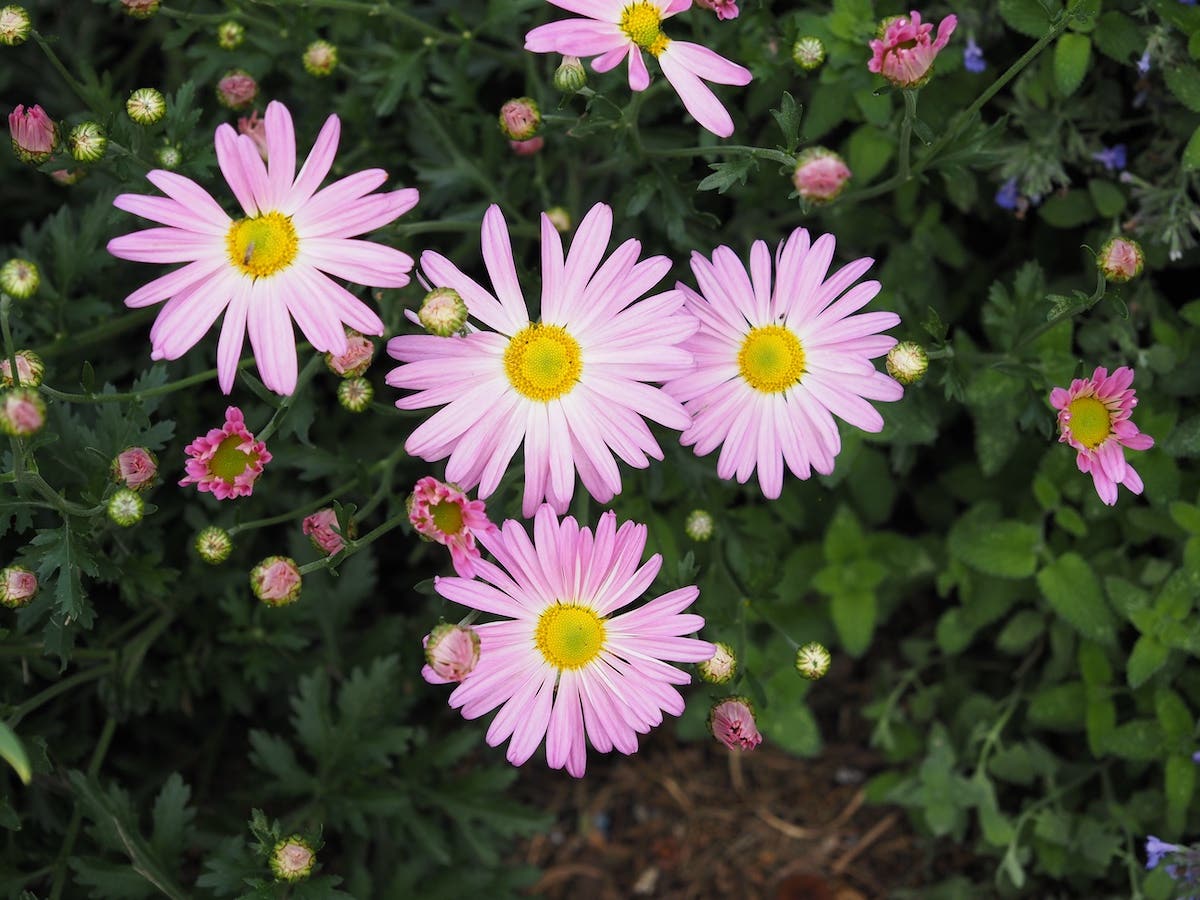‘Riptide’ Stokes’s Aster Provides Late-Season Flowers
Grow ‘Riptide’ Stokes’s aster for its purple autumn flowers that delight butterflies and bees. Drought-tolerant and heat-proof!
‘Riptide’ Stokes's aster attracts bees and butterflies with its fringed purple flowers, which appear from midsummer through autumn. This is a cultivar of a perennial species native to the Southeast, so it performs well in hot, humid weather. Once established, it also tolerates drought.
Common name: ‘Riptide’ Stokes’s aster
Botanical name: Stokesia laevis ‘Riptide’
Origin: The species Stokesia laevis is native to the Southeast states, where it grows in coastal plains, open woodlands, pinelands and bogs. The genus name Stokesia refers to English botanist Jonathan Stokes. The proper common name is Stokes's aster, although it is often written stokes aster or Stokes' aster. The cultivar 'Riptide' was bred at North Carolina State University and introduced as part of the Totally Stoked series from Proven Winners.
Flowers: Midsummer through autumn
Foliage: Long, narrow, medium green
Size and habit: 'Riptide' is an herbaceous perennial that grows as a two-foot-tall, three-foot-wide dome.
Growing 'Riptide' Stokes's aster
Exposure: Full sun
How to grow it: Easy-to-grow, Stokes’s asters need just full sun, well-drained soil and moderate water while getting established. In subsequent seasons this perennial can withstand some drought. Deadhead the flowers on 'Riptide' to prolong the bloom, and cut the plant back in fall or spring. USDA Zones 5–9. (It needs a winter mulch to ensure hardiness in Zone 5.)
Related: Find additional late bloomers that flower in blue or purple, a nice match for fall foliage colors.
Image courtesy of Walters Gardens


